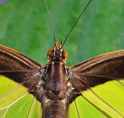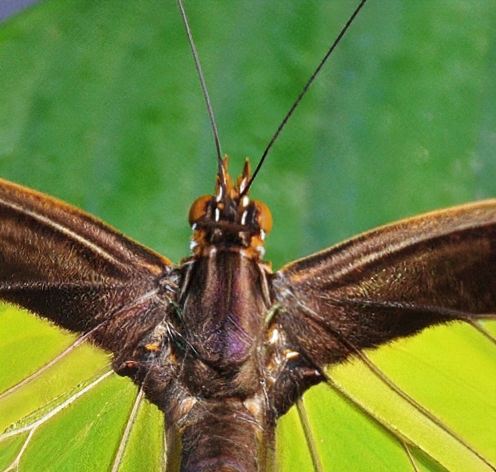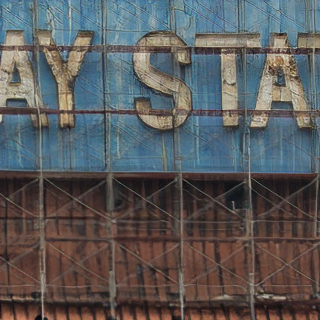The Super-Resolution Generative Adversarial Network (SRGAN) is a seminal work that is capable of generating realistic textures during single image super-resolution. However, the hallucinated details are often accompanied with unpleasant artifacts. To further enhance the visual quality, we thoroughly study three key components of SRGAN - network architecture, adversarial loss and perceptual loss, and improve each of them to derive an Enhanced SRGAN (ESRGAN). In particular, we introduce the Residual-in-Residual Dense Block (RRDB) without batch normalization as the basic network building unit. Moreover, we borrow the idea from relativistic GAN to let the discriminator predict relative realness instead of the absolute value. Finally, we improve the perceptual loss by using the features before activation, which could provide stronger supervision for brightness consistency and texture recovery.
git clone https://github.com/sukkritsharmaofficial/SuperResGAN.gitpip install numpy
pip install opencv-python
pip install torch===1.4.0
pip install torchvision===0.5.0import os.path as osp
import glob
import cv2
import numpy as np
import torch
import RRDBNet_arch as arch model_path = 'models/RRDB_ESRGAN_x4.pth' # models/RRDB_ESRGAN_x4.pth OR models/RRDB_PSNR_x4.pth
device = torch.device('cuda') # if you want to run on CPU, change 'cuda' -> cpu
test_img_folder = 'LR/*'for path in glob.glob(test_img_folder):
idx += 1
base = osp.splitext(osp.basename(path))[0]
print(idx, base)
# read images
img = cv2.imread(path, cv2.IMREAD_COLOR)
img = img * 1.0 / 255
img = torch.from_numpy(np.transpose(img[:, :, [2, 1, 0]], (2, 0, 1))).float()
img_LR = img.unsqueeze(0)
img_LR = img_LR.to(device)with torch.no_grad():
output = model(img_LR).data.squeeze().float().cpu().clamp_(0, 1).numpy()cv2.imwrite('results/{:s}_rlt.png'.format(base), output)Step 1 : Add low resolution images to the folder LR.
Step 2 : Run the following command
python3 test.pyThis will iterate through all the photos present in LR folder and save them in results folder.
Go to train and read ReadMe.md










